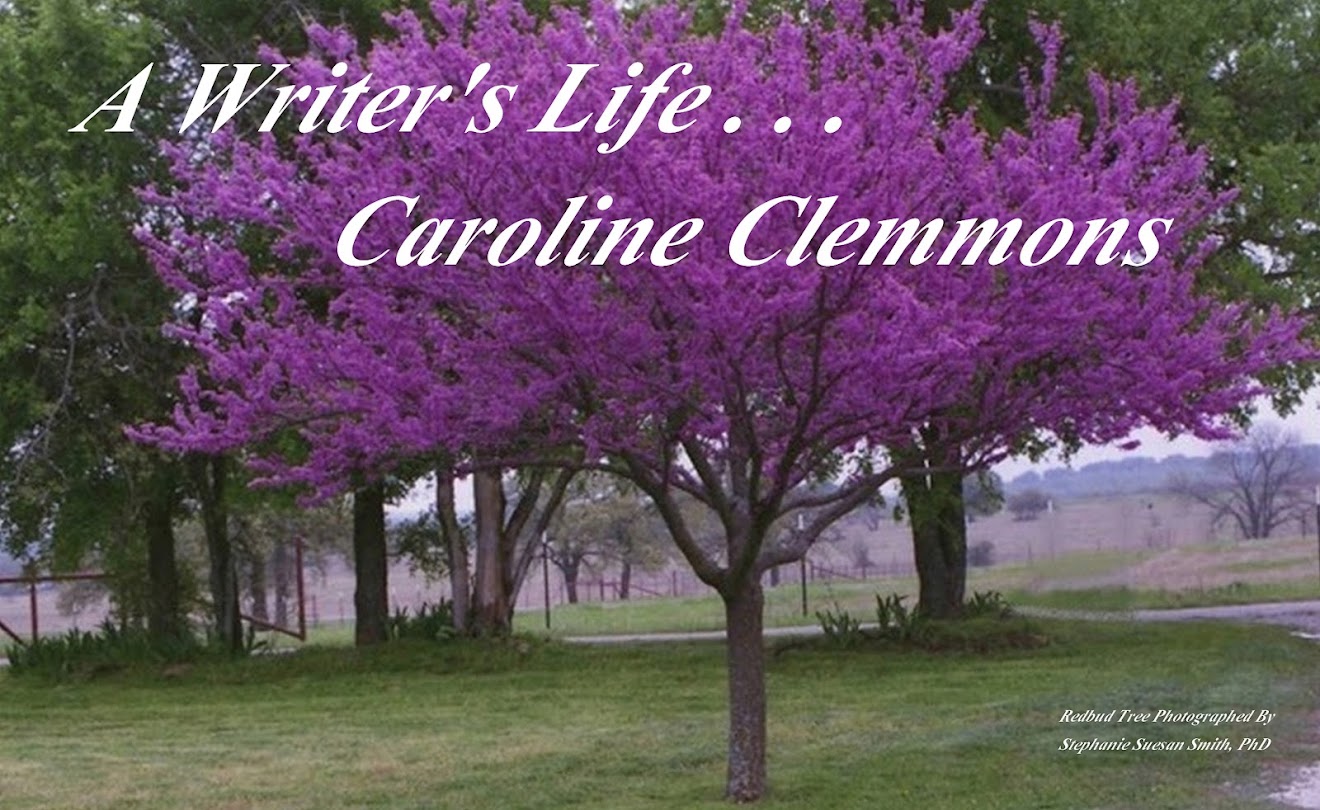When most of us think of characters, we don't think of the setting. But in some books, the setting is so crucial to the story that it takes on the dimensions of another main character. Some examples that come to mind are Nora Roberts' NORTHERN LIGHTS and her Cheasapeake series, Julie Garwood's FIRE AND ICE, and classics like MOBY DICK and SAHARA.
My own writing features Texas as the primary location, although many of my novels include chapters set elsewhere. Being a Texan for most of my life (detours to California and Florida), naturally I think my home state is always important enough to be a main character in any book. LOL Here's my personal rule: If the story could be set in any other place, then the setting is not really a character. In many books, though, the setting is crucial to the plot. How could being marooned in an ice cave take place on the plains of New Mexico? There are many fine books set in a large city that could be any large city, and good books set in a small town that could be any small town.
I respond to great descriptions, don't you? Have you ever read a book with scenes in, for instance, a blizzard and felt chilled? I have, but then I have waaayyy too vivid an imagination. I've put down a book and been surprised that the sun is shining outside because the author wove such a wonderful tale of a rainstorm. That's the kind of writing for which I strive.
When establishing a setting, an author must make the description that vivid. Readers want to shiver at Alaska's cold, taste salt spray from an angry ocean, and experience the choking dust of the Sahara--all in the air-conditioned comfort of their chosen environments, of course! I mean, readers are smart, right? We want to do dangerous things vicariously through our love of books.
Even if you've taken your book or your e-reader to the beach for a relaxing read, you want to experience the desperate feeling of being stranded in the desert without water. How does a writer accomplish this? Not easily, that's for sure. He or she begins weaving the setting into the narrative and dialogue with vived verbs. Colorful adjectives and adverbs (apologies to Mark Twain) sparingly used add texture. No longer will readers tolerate the four page set-up of the scene. We are used to instant gratification.
The reactions of the human characters to the setting also give the reader clues. One of my favorite mind-candy books is Louis L'Amour's FALLON, which begins with a weary trek across gypsum flats in which both Fallon and his horse almost die before he reaches shelter. Rereading this book always makes me thirsty. Louis L'Amour knew how to tell a story! FALLON would not be the same plot if the main character escaped across gently rolling hills dotted with fresh lakes and streams.
What kind of settings are your favorite? I certainly hope Texas is one of them!
Note: photos copyright Darling Daughter 1. All rights reserved.
Note: photos copyright Darling Daughter 1. All rights reserved.




No comments:
Post a Comment
Thanks for stopping by and for taking the time to leave a comment. My guests and I ♥ love ♥ to hear from readers, but please do not use this space as a forum to promote your website, blog, or products. Come again soon!.